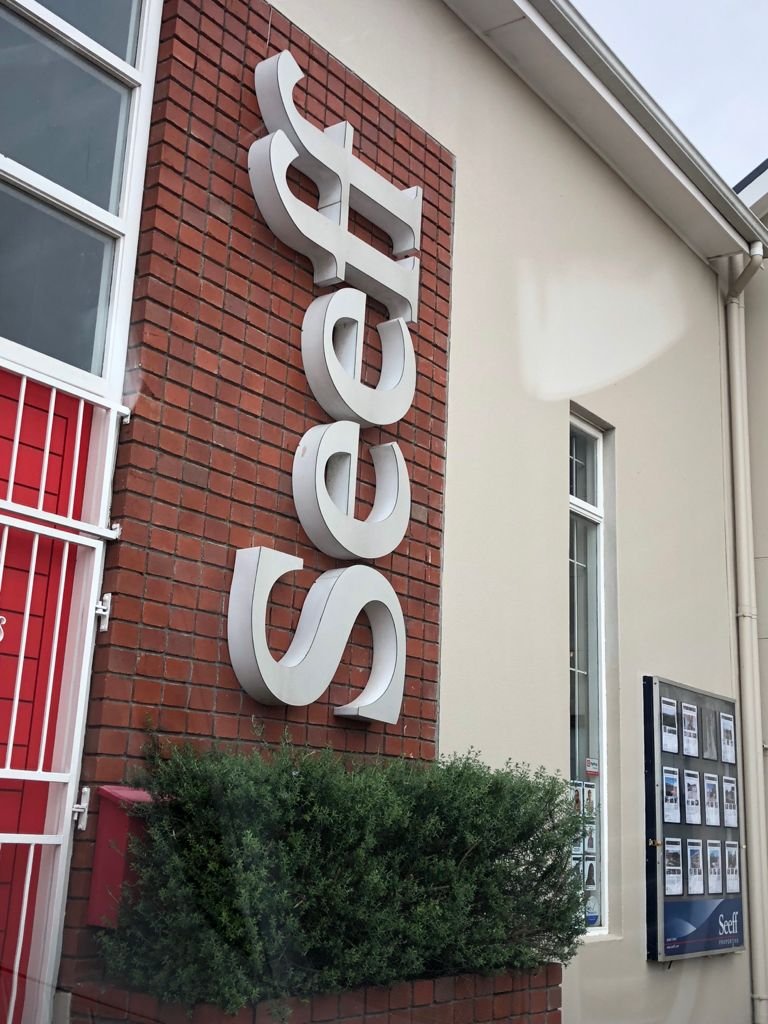In today’s competitive retail landscape, capturing customer attention is essential. One of the most effective ways businesses do this is through shop and retail signs. From the moment a customer walks down a street or strolls through a mall, they’re greeted by signage that directs, informs, and inspires action. But what exactly are shop and retail signs, and why are they so critical? Let’s dive into this topic.
What Are Shop and Retail Signs?
Shop and retail signs are visual communication tools designed to represent a business, promote its offerings, and guide customers within a retail environment. These signs can range from exterior signs that advertise a store’s name and logo to in-store signage that enhances the shopping experience through promotions or wayfinding instructions. They serve as a key touchpoint between a brand and its customers, often influencing purchase decisions and reinforcing brand identity.
Why Are Retail Signs Important?
Retail signs do more than just display a brand name. Here’s how they impact businesses:
- Brand Identity:
A well-designed sign reflects the brand’s personality. Colors, fonts, and design elements all contribute to reinforcing what a business stands for. For example, luxury brands often use minimalistic, high-end signage, while playful, colorful signs may appeal to children’s stores. - Attracting Foot Traffic:
Exterior signs are essential for drawing attention to the store. A unique or vibrant sign can stop passersby in their tracks and encourage them to step inside. This is particularly important for stores in busy locations with lots of competition. - Promoting Sales and Offers:
In-store signs announcing promotions, discounts, or special offers play a vital role in driving sales. These signs catch customers’ eyes and encourage impulse buying. - Guiding Customer Experience:
Directional signs (wayfinding) help customers navigate larger stores. Clear labels such as “Fitting Rooms,” “Checkout,” or “New Arrivals” create a smoother shopping journey and improve customer satisfaction.
Types of Shop and Retail Signs
Let’s explore the key types of shop and retail signs used by businesses:
1. Exterior Signs
These signs attract attention from the outside and create a first impression of the store.
- Channel Letter Signs: 3D individual letters, often illuminated, that spell out the store’s name.
- Awnings: Fabric or metal coverings that display the store’s name and provide shade.
- Neon Signs: Bright, glowing signs that work well for attracting attention at night.
2. Window Displays and Decals
These are graphics or text applied directly to the glass windows, highlighting current promotions or seasonal items. They draw in customers by offering a glimpse of what’s inside.
3. Floor Signs and Wayfinding Signs
Found inside stores, these guide customers to specific sections or services. They also create a logical flow, especially in large retail spaces. Examples include arrows, product category labels, or self-checkout signs.
4. Promotional Signs
These signs inform customers of deals or discounts, such as “50% Off” or “Buy One, Get One Free.” They’re often placed strategically at entrances, checkout areas, or near high-demand products.
5. Hanging Signs and Banners
Suspended signs are often used to highlight specific areas or products. Banners are also a great option for short-term announcements, such as seasonal offers or new product launches.
Best Practices for Effective Retail Signs
To make the most out of retail signage, businesses need to follow these best practices:
- Keep It Simple: A cluttered sign can overwhelm customers. Focus on key messages with concise wording.
- Use High-Quality Materials: Durable signs reflect positively on the brand and ensure long-term usage.
- Maintain Consistency: All signs should align with the store’s branding in terms of colors, fonts, and style.
- Ensure Visibility: Place signs at eye level or in high-traffic areas where they can be easily seen.
- Incorporate Calls to Action (CTAs): Encourage customers to take action with CTAs like “Shop Now” or “Limited Time Offer.”
Conclusion
Shop and retail signs are powerful tools for driving sales, creating a memorable shopping experience, and building brand identity. Whether it’s a glowing neon sign outside a café or a promotional banner inside a clothing store, every piece of signage plays a role in shaping the customer journey. Investing in well-designed, strategic signage can help businesses stand out in crowded markets and ensure they leave a lasting impression on shoppers.

